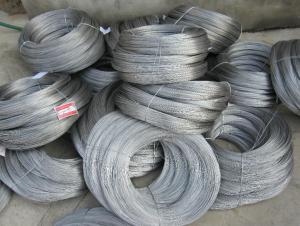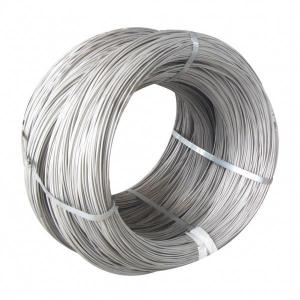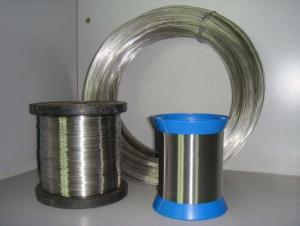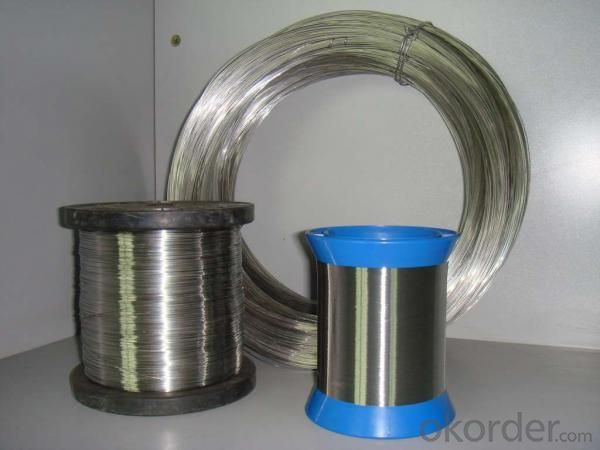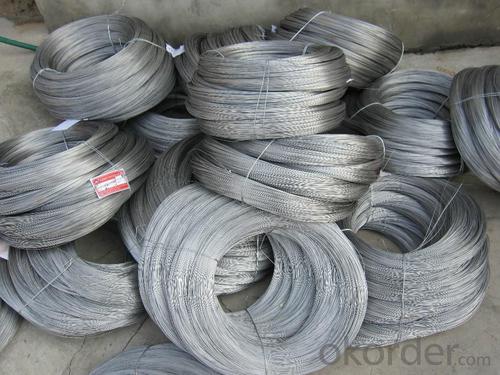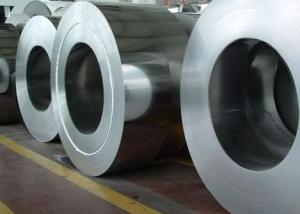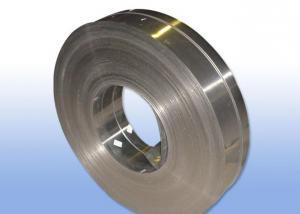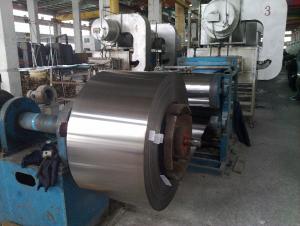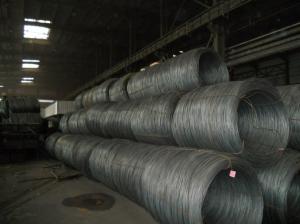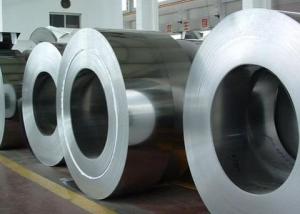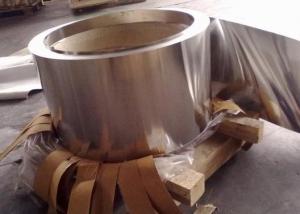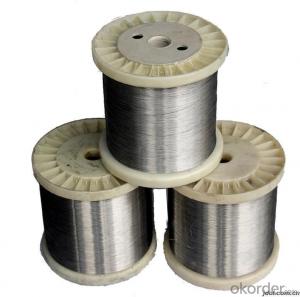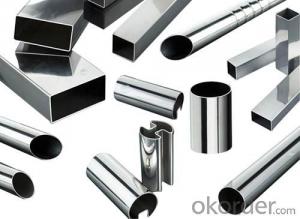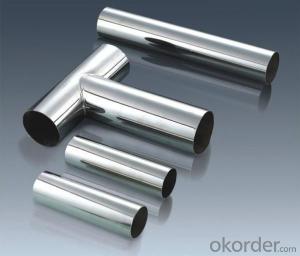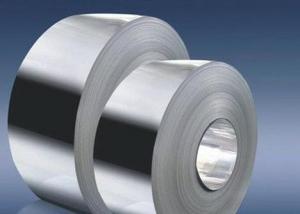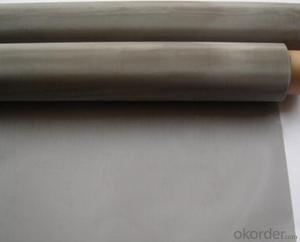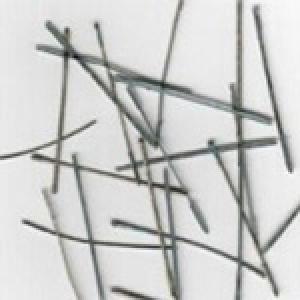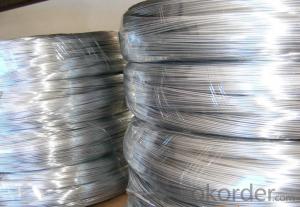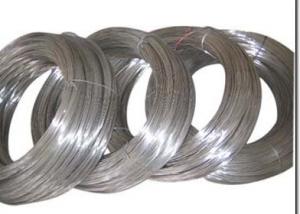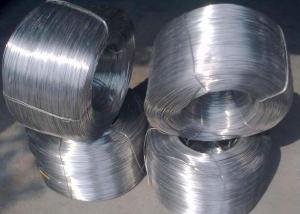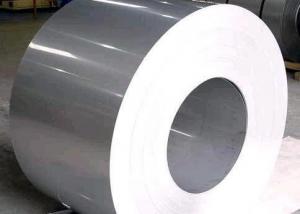304 Stainless Steel Wire
- Loading Port:
- China Main Port
- Payment Terms:
- TT or LC
- Min Order Qty:
- 1 Ton m.t.
- Supply Capability:
- 2000 Tons Per Month m.t./month
OKorder Service Pledge
OKorder Financial Service
You Might Also Like
304 Stainless Steel Wire
Application Of 304 Stainless Steel Wire
With bright surface, slight magnetism and no cracks on forming, is widely used in bicycle fittings, kitchen and sanitation tools, goods shelf, pet cages, gill racks, decorative handles and baskets, food and medical machinery accesses, etc.
Genral Information Of 304 Stainless Steel Wire
Grade | SS 200,300,400 series |
Dia | 0.1mm-100mm |
Length | 500m-2000m/Reel |
Surface | Bright |
Certificate | Fortune 500, SGS, ISO 9001:2008 |
Test | Salt Spray over200 hours |
Delivery | Within 20 days |
Packing | Reel, wooden box or according to your requirement |
Payment terms | China Main Port or CIF ANY PORT |
Application | Tie wire, pins, lashing, forming wire, filters, gaskets, elevators, safety wire, shaped and flat wire, conveyors, jewelry, springs, brush welding, electrical, wire line, craft and many more applications. |
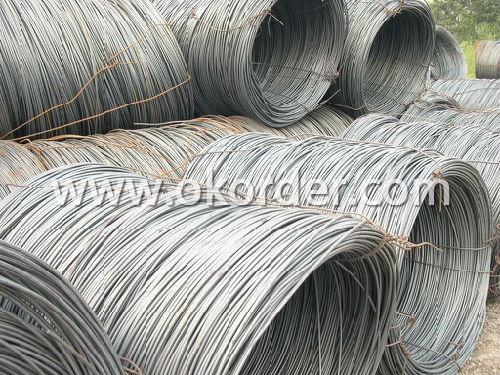
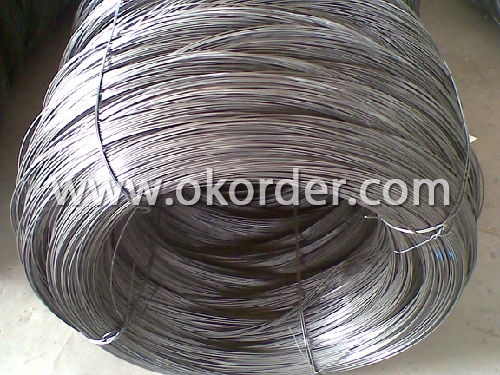
- Q: What is the difference between the spring stainless steel wire, the fog and the bright surface?
- Bright stainless steel wire is usually drawn by cold drawing. The stainless steel wire is made by cold drawing and then treated by chemical passivation, so the price is higher.
- Q: Anti loosening of stainless steel screw
- Once encountered a customer, the company needs stainless steel screws need to be loose. Simply speaking, it is to make the stainless steel screws used in the product material, can make stainless steel screws will not light fall. Screws are required to be fastened together with the product material more tightly. There are two solutions for stainless steel screw looseness prevention. Next, present the following two solutions to prevent the looseness of stainless steel standard parts.
- Q: The manual work with stainless steel wire to die of
- If the manual method is not good, then you can clamp the stainless steel wire on the lathe, with a lathe to cover the wire, it should be relatively good set of silk.
- Q: Can stainless steel wire be used for architectural mesh?
- Yes, stainless steel wire can be used for architectural mesh. Stainless steel wire is a popular choice for architectural mesh due to its durability, strength, and resistance to corrosion. It can be woven into various patterns and designs to create visually appealing and functional architectural mesh applications. Additionally, stainless steel wire is available in different grades and finishes, allowing for customization based on the specific requirements of the project. Whether used for facades, interior partitions, sunscreens, or other architectural applications, stainless steel wire provides a versatile and long-lasting solution for architectural mesh.
- Q: What are the different types of stainless steel wire ropes used in automotive applications?
- There are various stainless steel wire ropes utilized in automotive applications, each possessing unique characteristics and serving specific purposes. 1. Construction of 1x19: This wire rope comprises 19 individual strands twisted together in a solitary layer. It is commonly utilized in applications necessitating high strength and limited flexibility, such as brake cables and suspension components. 2. Construction of 7x7: In this type of construction, the wire rope is formed by twisting together 7 individual strands, with each strand containing 7 wires. It offers a favorable balance between strength, flexibility, and durability, making it suitable for applications like throttle cables and control mechanisms. 3. Construction of 7x19: This wire rope consists of 7 strands, each comprising 19 wires, providing enhanced flexibility and easy manipulation. It is frequently employed in applications requiring both strength and flexibility, such as winch cables and towing ropes. 4. Construction of 6x19: In this construction, there are 6 strands, each containing 19 wires. It delivers improved flexibility and resistance to abrasion, making it appropriate for applications like lifting slings and hoisting cables. 5. Construction of 6x36: This wire rope is composed of 6 strands, with each strand consisting of 36 wires. It offers exceptional flexibility and resistance to fatigue, making it ideal for applications involving repetitive bending and flexing, such as crane ropes and wire rope slings. When selecting a stainless steel wire rope for automotive applications, it is crucial to consider factors such as strength, flexibility, durability, and resistance to corrosion and abrasion.
- Q: What are the different wire finishes available for stainless steel wire?
- There are several different wire finishes available for stainless steel wire, each with its own unique characteristics and advantages. Some of the most common finishes include: 1. Bright Finish: This is the most basic and commonly used finish for stainless steel wire. It has a smooth and shiny surface, making it aesthetically pleasing. Bright finish stainless steel wire is often used in applications where appearance is important, such as jewelry and decorative pieces. 2. Matte Finish: Also known as satin finish, this type of finish has a slightly duller appearance compared to the bright finish. It provides a non-reflective surface, making it ideal for applications where glare or reflection is a concern, such as lighting fixtures or architectural elements. 3. Brushed Finish: This finish is achieved by brushing the stainless steel wire with an abrasive material, creating a textured surface. The brushed finish gives the wire a distinctive pattern and hides any surface imperfections, making it commonly used in applications where both aesthetics and functionality are important, such as handrails or appliances. 4. Electroplated Finish: This is a process where a thin layer of another metal, such as nickel or chrome, is applied to the surface of the stainless steel wire through electroplating. This finish provides enhanced corrosion resistance, improved hardness, and can be customized to achieve different colors or appearances. 5. Passivated Finish: Passivation is a chemical process that removes any contaminants from the surface of stainless steel wire, improving its corrosion resistance. This finish is commonly used in applications where the wire will be exposed to harsh environments or corrosive substances, such as marine applications or chemical processing. These are just a few examples of the different wire finishes available for stainless steel wire. The choice of finish depends on the specific requirements of the application, including factors such as appearance, corrosion resistance, durability, and functionality.
- Q: Can stainless steel wire be used for wire rope slings?
- Yes, stainless steel wire can be used for wire rope slings. Stainless steel offers excellent corrosion resistance and strength, making it suitable for various lifting and rigging applications, including wire rope slings.
- Q: What's the meaning of the 3 Series 4 series stainless steel wire?
- It's the 304 series304 is a versatile stainless steel which is widely used in the manufacture of equipment and parts requiring good overall performance (corrosion resistance and formability). In order to maintain the inherent corrosion resistance of stainless steel, steel must contain more than 16% chromium, more than 8% of the nickel content. 304 stainless steel is a brand of stainless steel produced according to the ASTM standard in the United states. 304, equivalent to our 06Cr18Ni9 [according to GB/T 20878-2007 has been changed to 06Cr19Ni10] stainless steel.
- Q: How does stainless steel wire perform in high-velocity environments?
- Stainless steel wire is known for its exceptional performance in high-velocity environments. Due to its unique composition, which includes a high proportion of chromium, stainless steel wire exhibits excellent resistance to corrosion, heat, and wear. These properties make it highly suitable for applications in high-velocity environments such as aerospace, automotive, and industrial settings. In high-velocity environments, stainless steel wire maintains its structural integrity and durability, even under extreme conditions. It can withstand rapid acceleration, intense friction, and high temperatures without losing its strength or shape. This makes it an ideal choice for applications where wire needs to perform reliably and consistently. The corrosion resistance of stainless steel wire is particularly beneficial in high-velocity environments, as it prevents rusting and degradation caused by exposure to moisture, chemicals, and other harsh elements. This resistance ensures that the wire maintains its performance and longevity over time, even in demanding conditions. Furthermore, stainless steel wire's high melting point and excellent heat resistance allow it to withstand the intense temperatures that can be generated in high-velocity environments. It can resist deformation and maintain its structural integrity even when exposed to extreme heat, making it suitable for applications like exhaust systems, jet engines, and industrial heating elements. In conclusion, stainless steel wire performs exceptionally well in high-velocity environments. Its corrosion resistance, heat resistance, and durability make it an ideal choice for applications that require reliability, strength, and longevity in challenging conditions.
- Q: What is the difference between stainless steel wire and cold wire drawing
- Stainless steel cold drawing is a type of stainless steel processing.
Send your message to us
304 Stainless Steel Wire
- Loading Port:
- China Main Port
- Payment Terms:
- TT or LC
- Min Order Qty:
- 1 Ton m.t.
- Supply Capability:
- 2000 Tons Per Month m.t./month
OKorder Service Pledge
OKorder Financial Service
Similar products
Hot products
Hot Searches
Related keywords
